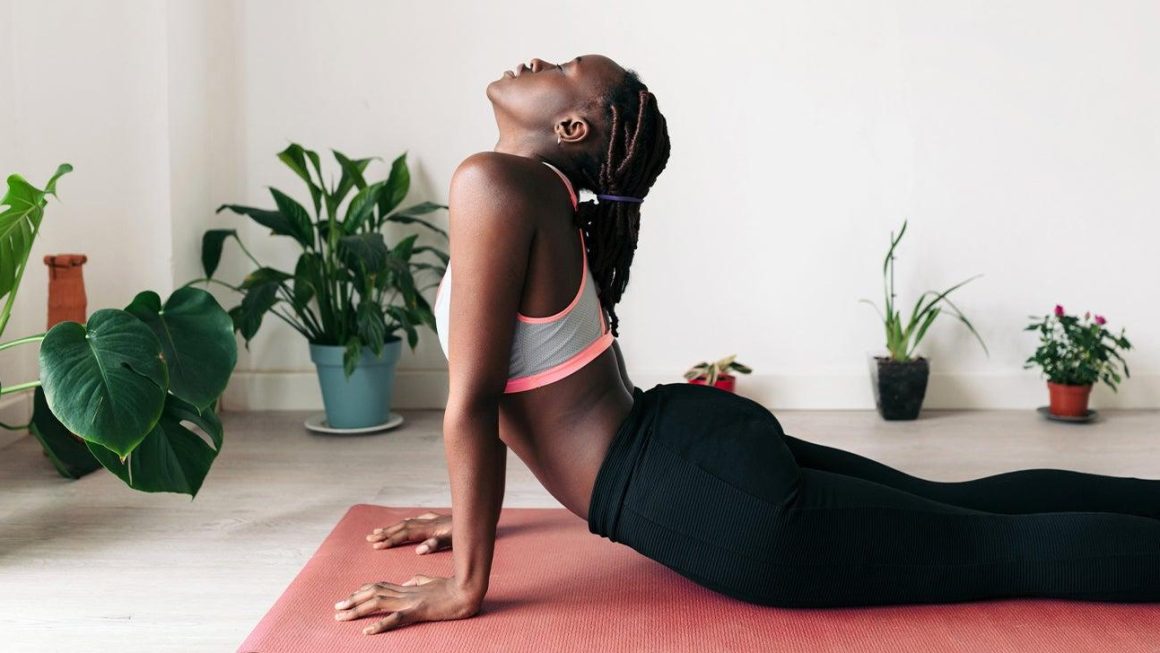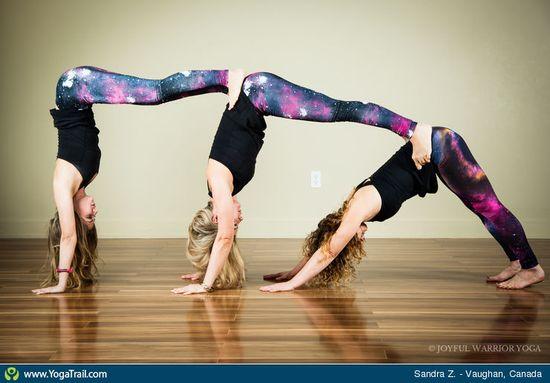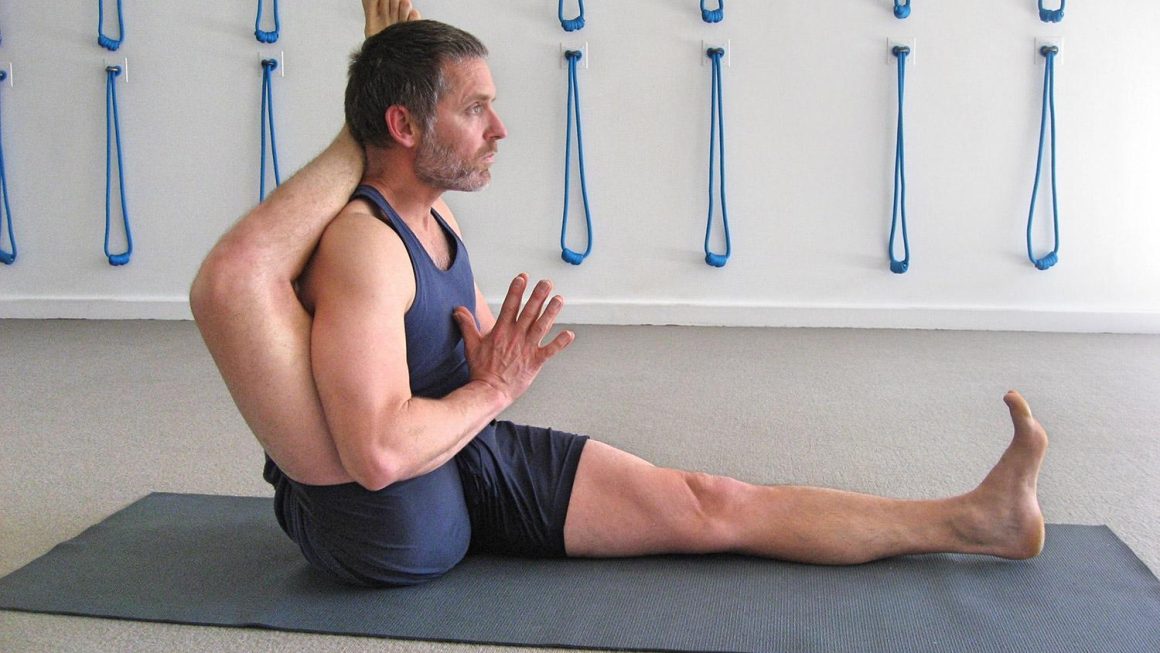Restorative Yoga Poses: A Path to Relaxation and Healing
In our fast-paced lives, finding moments to unwind and recharge is essential for our physical and mental well-being. Restorative yoga poses offer a serene way to relax our bodies and restore our minds. This article delves into the meaning of restorative yoga, highlights several effective poses, and shares their benefits, tips for practice, and personal experiences. Let’s explore how these gentle stretches can bring healing and tranquility.
What is Restorative Yoga?
Restorative yoga is a gentle, therapeutic practice that focuses on relaxation and stress relief. It involves holding passive poses for extended periods, often with the support of props like blankets, bolsters, and blocks. The aim is to cultivate a deep sense of ease and comfort, allowing the body to restore its natural balance.
Benefits of Restorative Yoga
Practicing restorative yoga can yield numerous physical, emotional, and psychological benefits:
- Reduced Stress: Slowing down and focusing on breath helps decrease anxiety and stress levels.
- Enhanced Flexibility: Gentle stretches can improve overall flexibility and mobility.
- Improved Sleep Quality: Restorative poses can help relax the nervous system, promoting better sleep patterns.
- Increased Mindfulness: The practice encourages self-awareness and presence, fostering a sense of calm.
- Supports Healing: By encouraging relaxation, restorative yoga aids in the body’s innate healing processes.
Essential Restorative Yoga Poses
Below are some key restorative yoga poses that can be easily incorporated into your practice:
| Pose Name | Description | Benefits |
|---|---|---|
| Child’s Pose (Balasana) | Start on your knees, sit back on your heels, and extend your arms forward while lowering your torso. | Calms the mind, stretches the back, and relieves tension. |
| Supported Bridge Pose (Setu Bandha Sarvangasana) | Lie on your back with knees bent, feet flat on the floor, and lift your hips, placing a block under the sacrum. | Opens the chest and relieves pressure from the lower back. |
| Legs-Up-the-Wall Pose (Viparita Karani) | Lie on your back and extend your legs up against a wall while your arms rest by your sides. | Promotes blood circulation and reduces swelling in the legs. |
| Supported Forward Bend (Paschimottanasana) | Sit with legs extended and gently fold forward, resting your torso on a bolster or blanket. | Relieves tension in the spine and stretches the hamstrings. |
| Reclined Bound Angle Pose (Supta Baddha Konasana) | Lie on your back with the soles of your feet together and allow your knees to fall out to the sides. | Opens the hips and promotes relaxation. |
Practical Tips for Practicing Restorative Yoga
To fully engage in restorative yoga, consider these practical tips:
- Set the Environment: Create a calming space with soft lighting and minimal distractions.
- Use Props: Incorporate bolsters, blankets, and blocks for added support and comfort during poses.
- Focus on Breath: Pay attention to your breath, using deep, slow inhalations and exhalations.
- Listen to Your Body: Modify poses as necessary; restorative yoga is about comfort, not strain.
- Practice Regularly: Consistency is key; aim for at least a few sessions a week to experience greater benefits.
First-Hand Experience with Restorative Yoga
Many practitioners have experienced profound transformations through restorative yoga. One such story comes from Jane, a busy marketing executive who struggled with chronic stress and insomnia. After integrating restorative yoga into her routine, she discovered the following:
- Her anxiety levels decreased significantly, allowing her to approach challenges with a clear mind.
- She experienced improved sleep quality, leading to increased productivity and clarity during the day.
- Through regular restorative practice, Jane developed a deeper connection to her body and increased self-awareness.
Case Studies of Restorative Yoga
Research indicates that restorative yoga can positively influence mental health and emotional well-being. Here are a couple of illustrative case studies:
| Case Study | Finding | Outcome |
|---|---|---|
| University Study on Anxiety | Participants reported a 40% reduction in anxiety levels after a 6-week restorative yoga course. | Improved emotional regulation and social interaction. |
| Chronic Pain Patients | Patients practicing restorative yoga noted a significant decrease in pain and disability. | Increased mobility and daily functioning. |
Conclusion
Incorporating restorative yoga poses into your life can lead to a multitude of benefits, both physically and mentally. With its focus on relaxation, mindful breathing, and gentle movement, restorative yoga serves as a refuge from the chaos of daily life. Whether you’re dealing with stress, tension, or simply seeking a deeper connection to your body, restorative yoga provides an accessible path to achieving balance and tranquility. Embrace these poses and cultivate peace within yourself, paving the way for a calmer, more centered existence.




